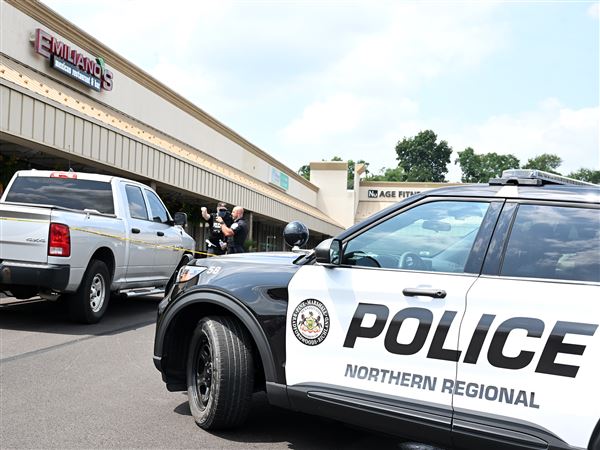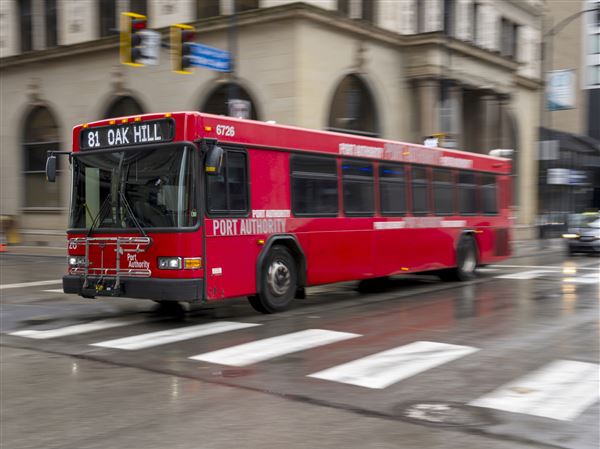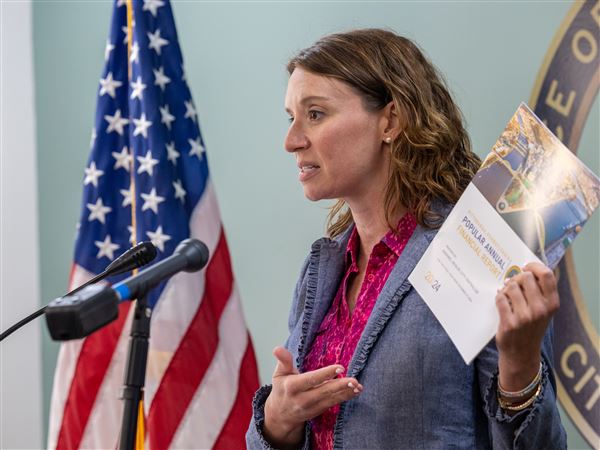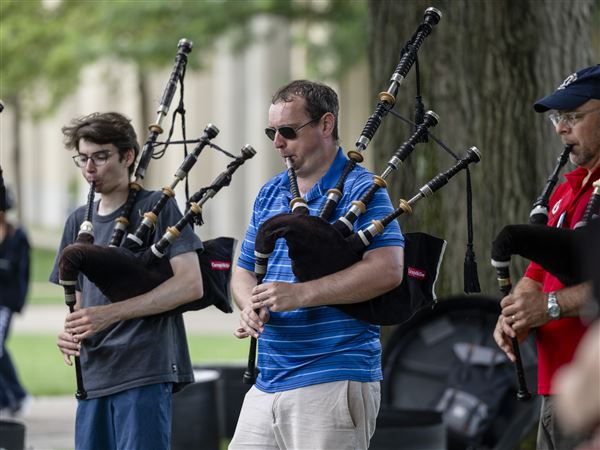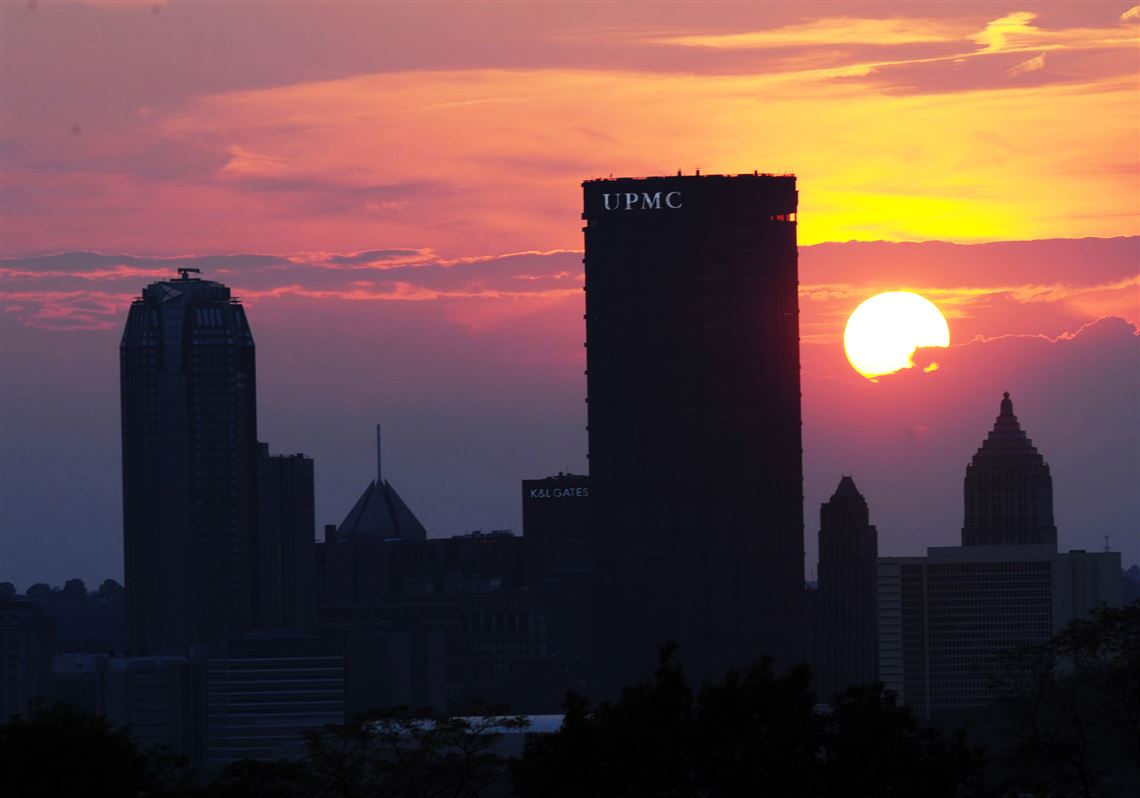Pittsburgh has transformed from an economically stagnant, transient city to “somewhere people want to come to and stay for a long time,” according to Doug Heuck, director of Pittsburgh Today.
A new report from the statistics-based project reflects this trend in increased home ownership, showing more residents are making the city their home.
The report shows the Pittsburgh region has the highest percentage of owner-occupied housing compared to 14 other metropolitan areas with comparable size and demographics, according to U.S. Census figures.
Factors like employment opportunities, education and housing have turned the city into “somewhere people want to come to and stay for a long time,” Mr. Heuck said.
Home ownership is a basic measure of the stability of a population, community investment and financial well-being of an area, Mr. Heuck said, so an increase in home ownership reflects the growth of Pittsburgh’s economy, improved quality of life and decreased transiency for residents.
Pittsburgh, Minneapolis, Minn., Charlotte, N.C., Denver and Milwaukee were the only regions in the study that saw an increase in ownership from 2012 to 2013. The Pittsburgh region had a home ownership rate of 69.8 percent in 2013, a slight increase from 69.4 in 2012, and was ranked above cities like St. Louis, Baltimore and Richmond, Va.
“We're not flashy, but we're kind of stable and continue to see progress," he said. “That has attracted residents to the region for the first time in many years. People tend to stay here a long time to develop deep roots."
One factor that has helped the region maintain and improve home ownership is a “culture of financial conservatism,” he said. Pittsburgh only saw a fraction of the recession, which began with the bust of the multi-trillion dollar housing bubble. Protected by a fortress of conservative banks, Pittsburgh saw fewer foreclosures and was able to recover with higher home ownership rates, he said.
Contributing factors to a high percentage of owner-occupied housing also include initiatives that remove barriers for low- and moderate-income residents interested in purchasing homes, said Jonathan Weaver, a housing counselor with the Mon Valley Initiative. The Homestead-based nonprofit economic development coalition serves about a dozen municipalities in the Monongahela Valley, including Turtle Creek, Rankin, Swissvale and Braddock.
Residents who haven’t accumulated large amounts of personal wealth still have opportunities to buy affordable homes through bank-sponsored programs such as loans that reduce down-payment costs, he said. The area he serves has a heavy concentration of poverty and unemployment, he said, increasing the need for programs to combat what is often a generational lack of financial literacy. U.S. Census data shows more than 61 percent of people living in poverty in Allegheny County are in suburban areas surrounding the city.
"Clearly the area we're in seems to trail the most,“ Mr. Weaver said. ”I'm sure it's much different than in say Upper St. Clair or the North Hills."
For some of his clients, he said, it’s encouraging to know the “American Dream” might be a little more attainable in America’s most livable city.
"Hard work ethic and home ownership is a part of that stereotype of the dream,” he said. “It’s still a difficult race to get there, but it’s encouraging to know this is a good place to start.”
First Published: October 18, 2014, 4:00 a.m.
